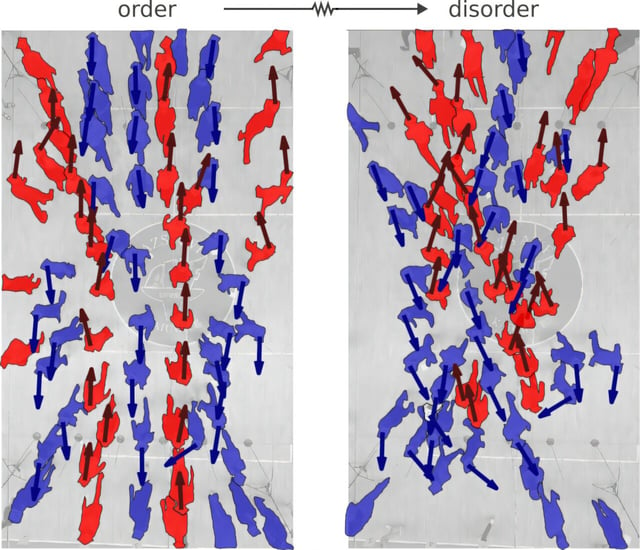Overview
- The study pinpoints a critical 13-degree angular spread as the tipping point where pedestrian traffic shifts from organized lanes to chaotic flow.
- Researchers used mathematical models and controlled experiments to confirm the transition point, applying principles of fluid dynamics to human crowd behavior.
- The experiments tracked pedestrian movements using overhead cameras and barcoded hats, revealing patterns that aligned closely with theoretical predictions.
- Findings suggest that disorder in pedestrian flow not only disrupts efficiency but also slows overall movement in crowded spaces.
- The team plans to validate their findings in real-world environments to refine their models and offer practical guidelines for safer and more efficient public spaces.


